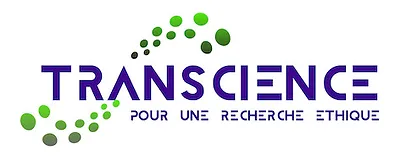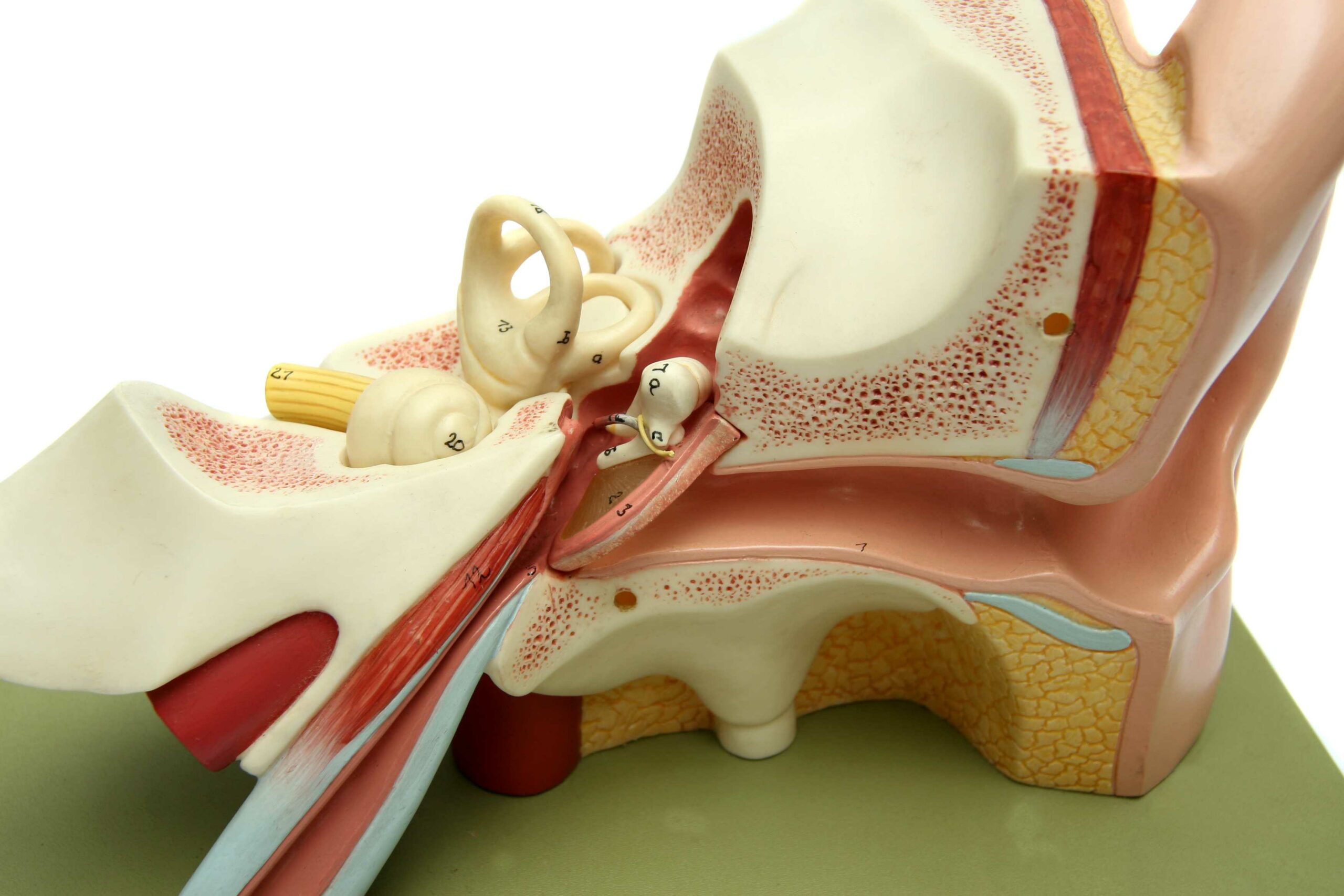On July 2, 2025, the European Commission published its strategy for life sciences: Commission launches new strategy to make Europe a global leader in life sciences by 2030.
The aim is to provide a framework for future research and competitiveness initiatives, to position the EU as the world’s most attractive place for life sciences by 2030.
Among the many areas of innovation, this strategy includes New Approach Methodologies (NAMs) – experimental methods that do not involve the use of live animals. In order to support their development, validation and adoption, and to reduce the risks associated with the development of new medicines and medical devices, the European Commission will collaborate with Member States, industry, academia and regulatory authorities.
It is consistent with the second European Research Area (ERA) policy agenda (2025-2027), setting out a roadmap for eleven structural policies and eight actions, voluntary for the Member States. The roadmap is detailed here (see in particular point 17 on accelerating new approach methodologies, pp. 42-43). Although the roadmap is not binding, it should nevertheless be welcomed as a means of coordinating efforts to accelerate progress in research and innovation in the EU.
The expected benefits are: reduced costs, more efficient industrial research, faster development of safe and effective drugs, improved safety assessments of chemicals.
Among the financial commitments made by the European Commission as part of its recently adopted life sciences strategy, the Horizon Europe programme will allocate EUR 50 million to the development of non-animal methods through its work programme 2026-2027.
In addition, the Commission will dedicate EUR 8 million for a Virtual Human Twins Incubator to support uptake of virtual human twin solutions in the European market and their use in clinical research (e.g. clinical trials, clinical investigations) through the Digital Europe Work Programme 2025-2027.
In its strategy for the life sciences, the European Commission is clearly committed to non-animal approaches for tomorrow’s biomedical research.
For further information : click here




